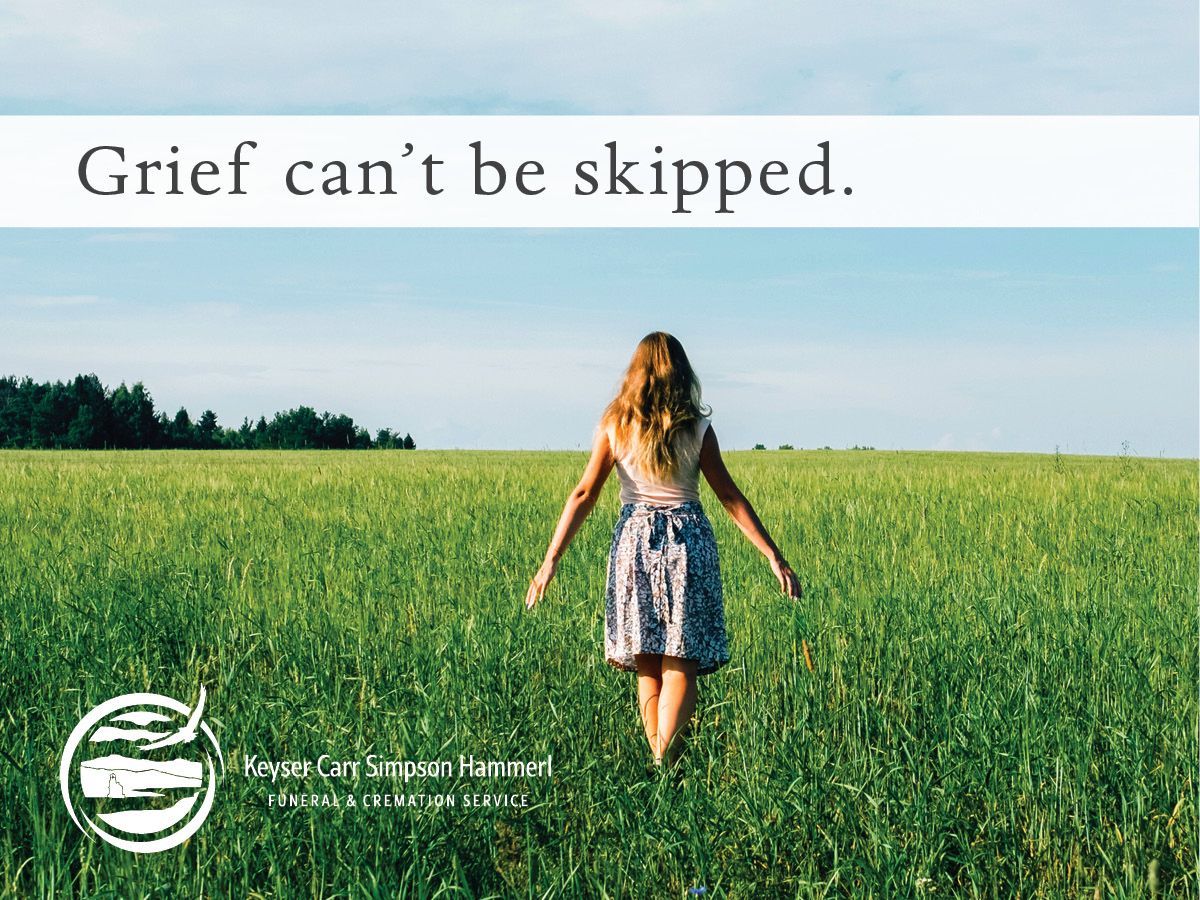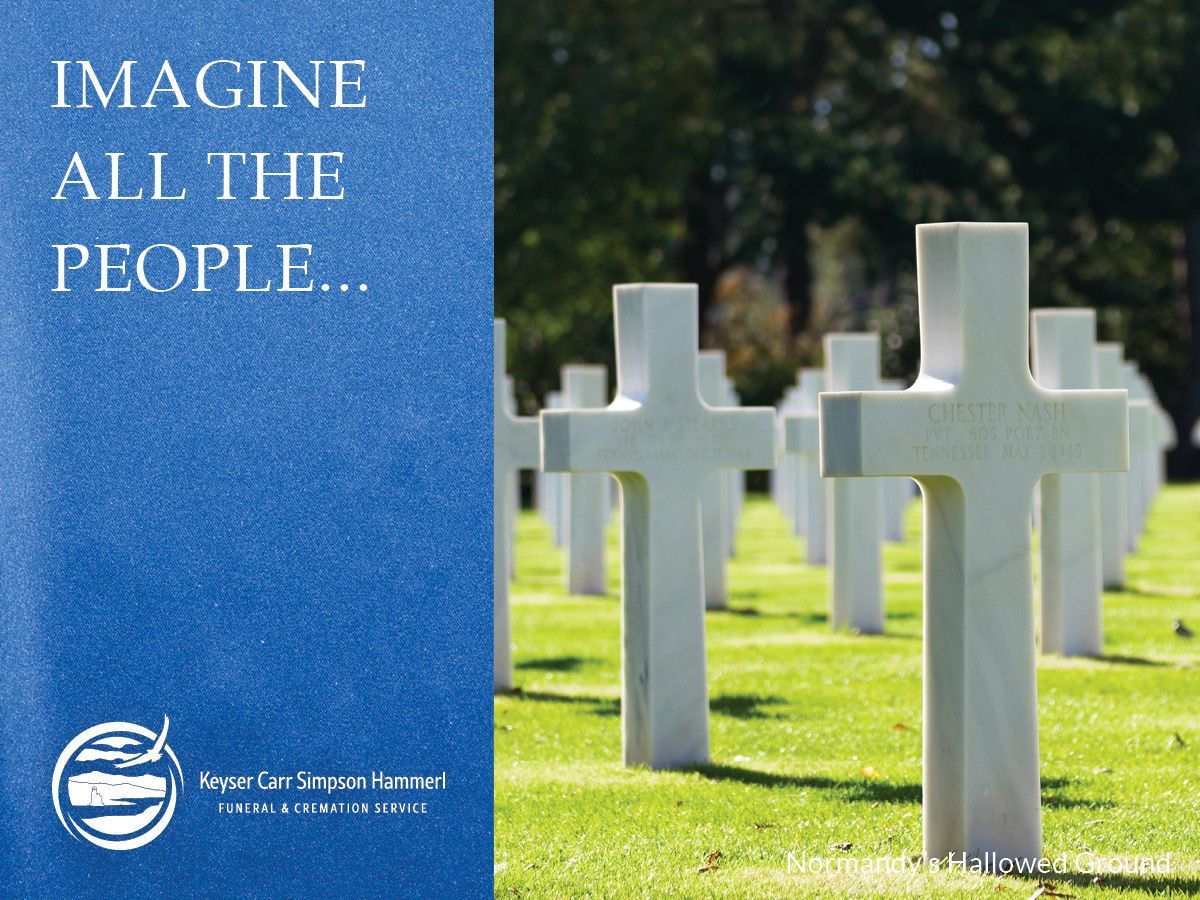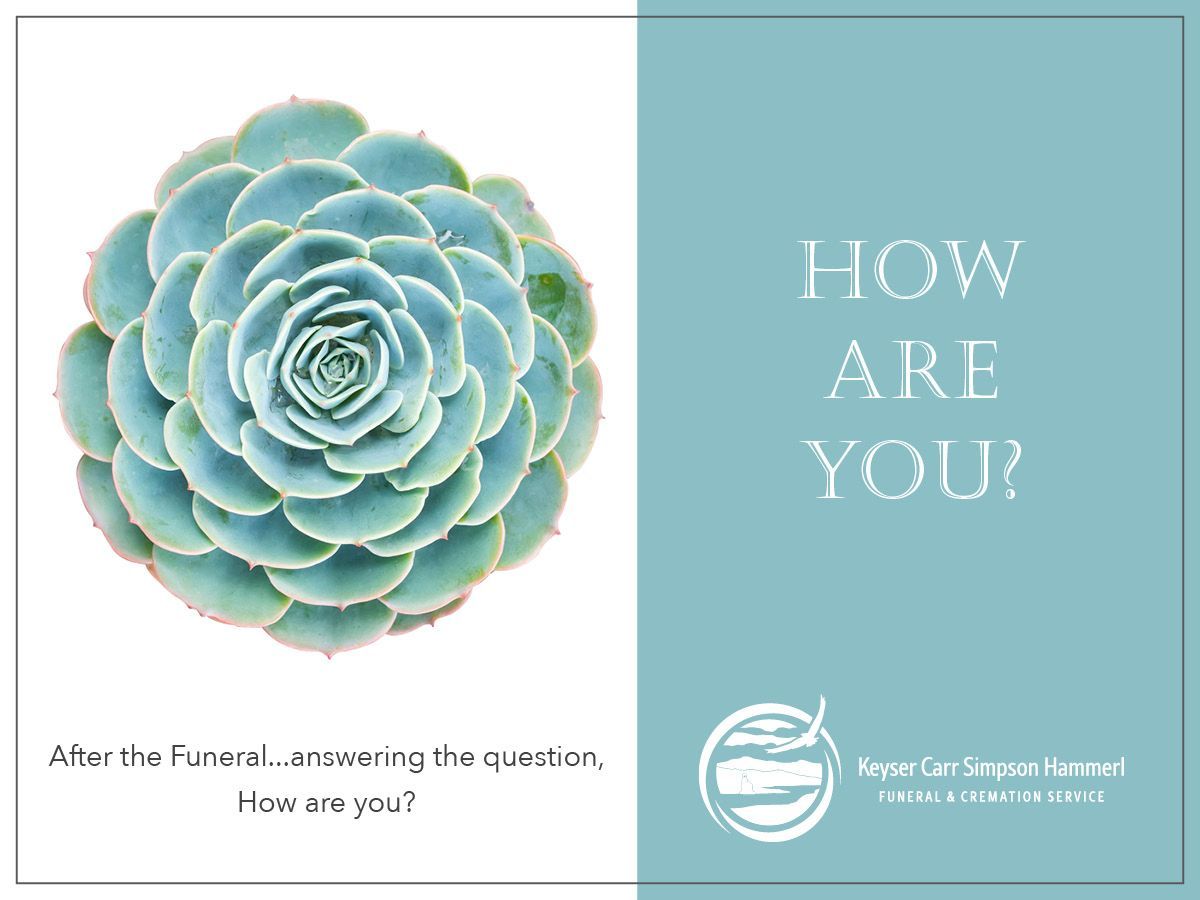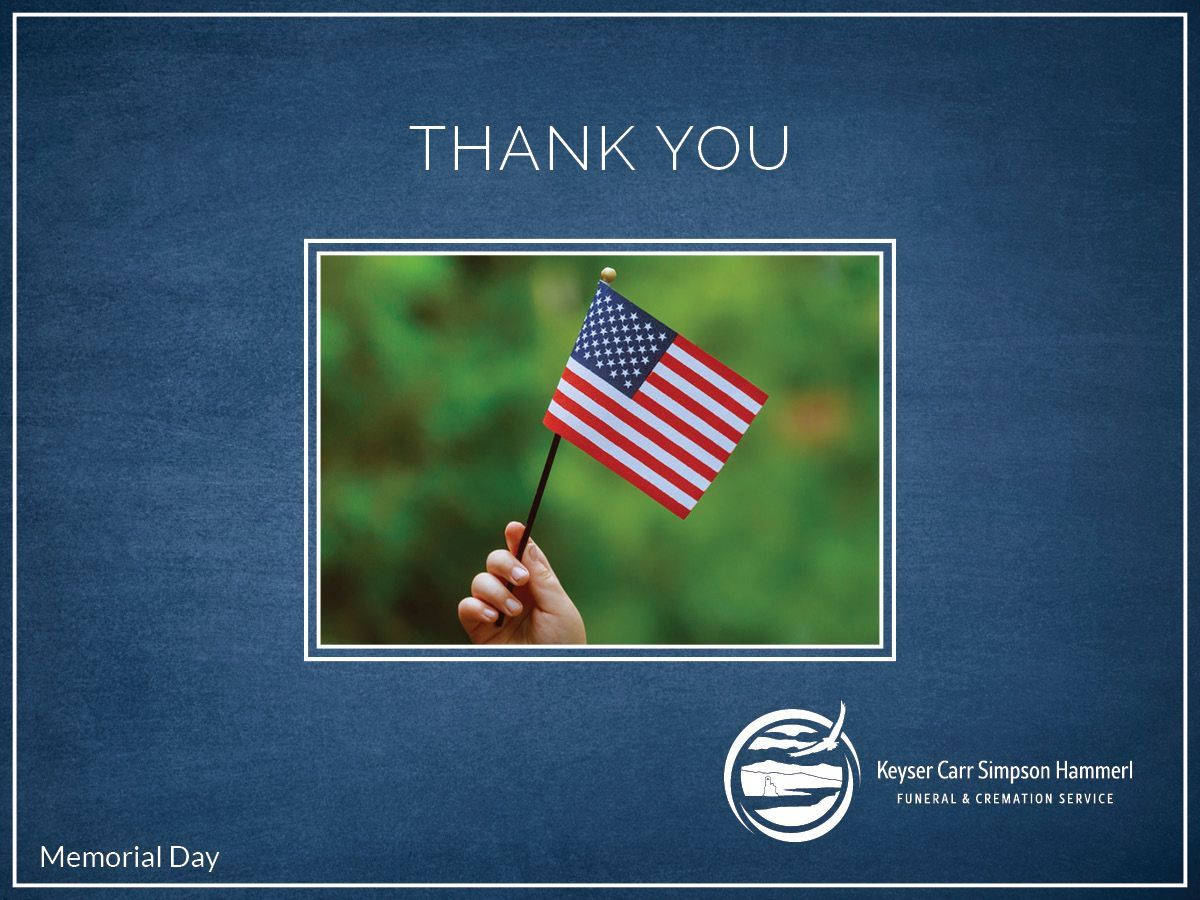Explaining the Concept of Death to Children
April 12, 2017

Interesting question, isn’t it? The person asking the question had recently attended what he described as a “fabulous funeral.” Turns out the funeral was billed as a celebration of life. Our questioner, Mark, attended because the person who died was the mother of a co-worker he had worked with for more than 30 years.

Moving on is not the same as forgetting. Moving on after the death of a loved one, especially a spouse, just means actively engaging in life. It means reaching a point where the mourner has things to look forward to again. J. William Worden, PhD tells us the fourth task mourners must accomplish as they move through grief is to “find an enduring connection with the deceased while moving on with life.”

Lots of folks will have the opportunity to sit down and talk with their parents, siblings or children over the next few weeks. For some, the holidays may be the only time during the year has at least one hot topic it’s best to avoid. But there is one subject that should be tackled, even if it seems hard, while everyone is together.

Because you are there we all sleep better at night. You serve in the Army, Air Force, Navy, Marines, and Coast Guard. Some of you serve for two years, some for twenty or more. Some enter into service at a tender age looking for opportunity. Some are following a longstanding family tradition. You are mothers, fathers, sons, and daughters. We, thank you for your service.

Grief is individual. Everyone experiences the sorrow over the loss of a loved one in their own way and at their own pace. That said, there is enough common ground for scientists, behaviorists and psychologists to describe steps or stages of grief. These scales for grief are useful. They can be helpful to see your feelings mirrored in the process and it is good to see that progress is to be expected.

The Normandy American Cemetery is the resting place for 9,387 Americans, most of whom gave their lives during the landing operations and in the establishment of the beachhead. The headstones are of white Italian marble adorned with a Star of David for those of Jewish faith and a Latin Cross for all others.







